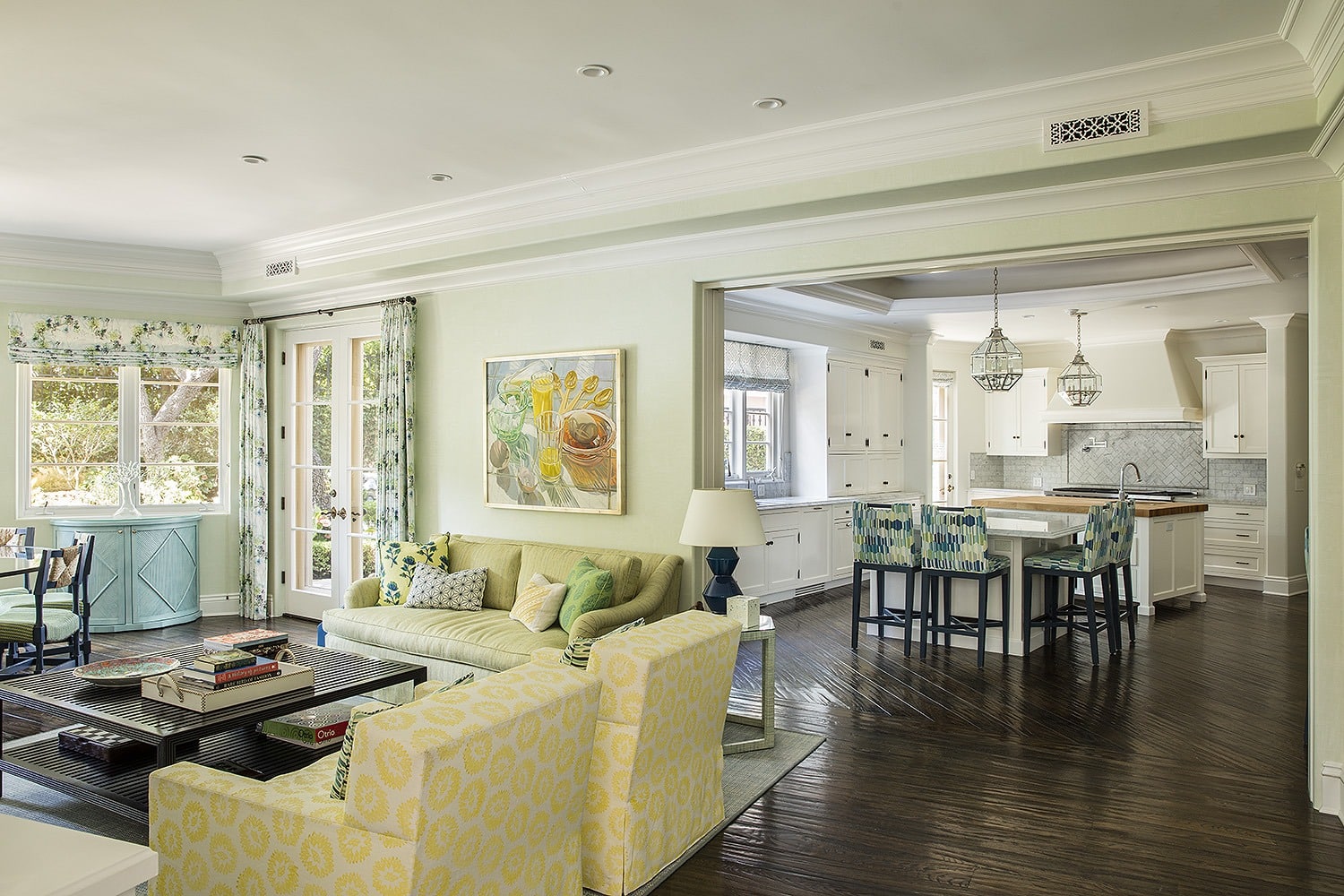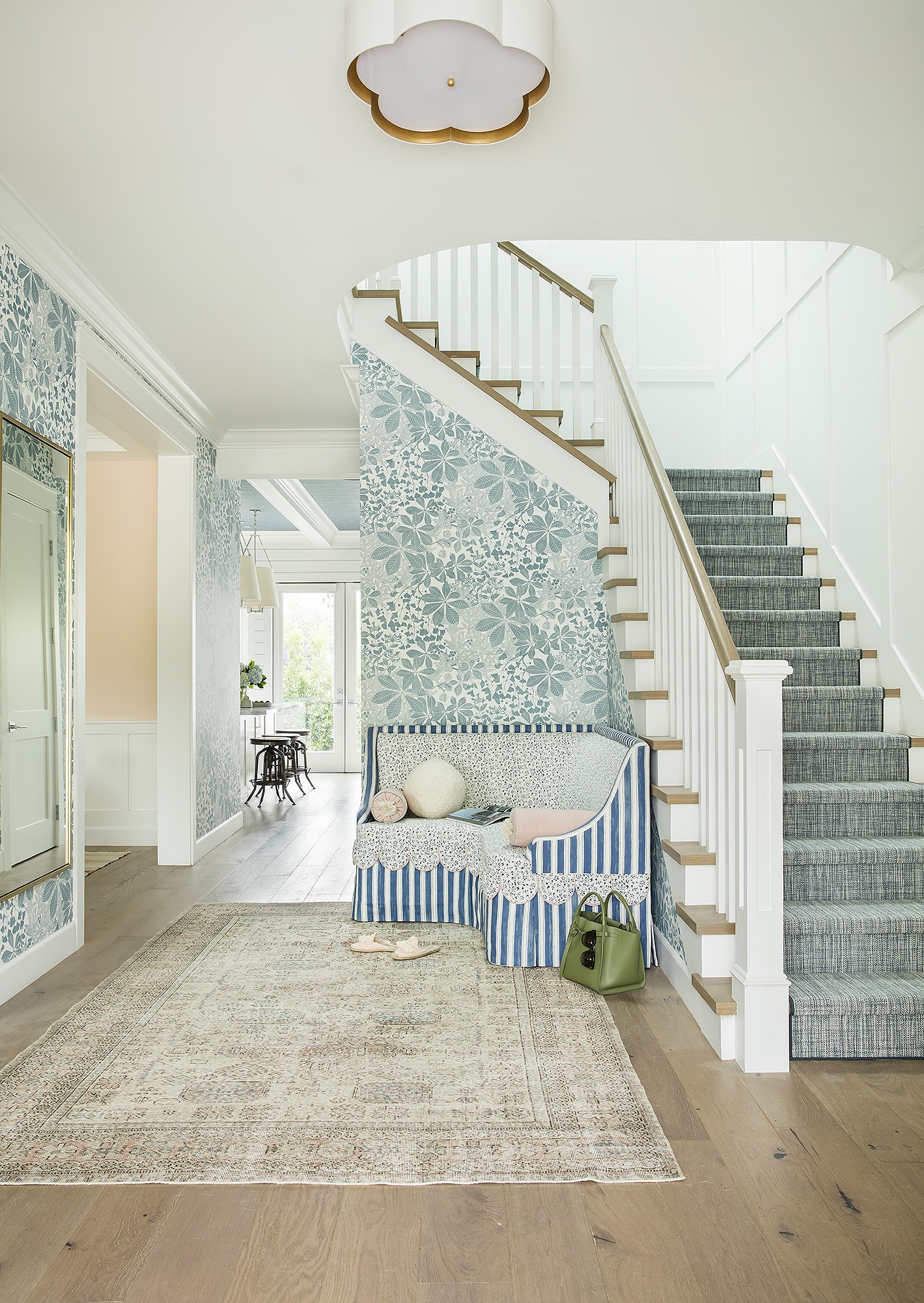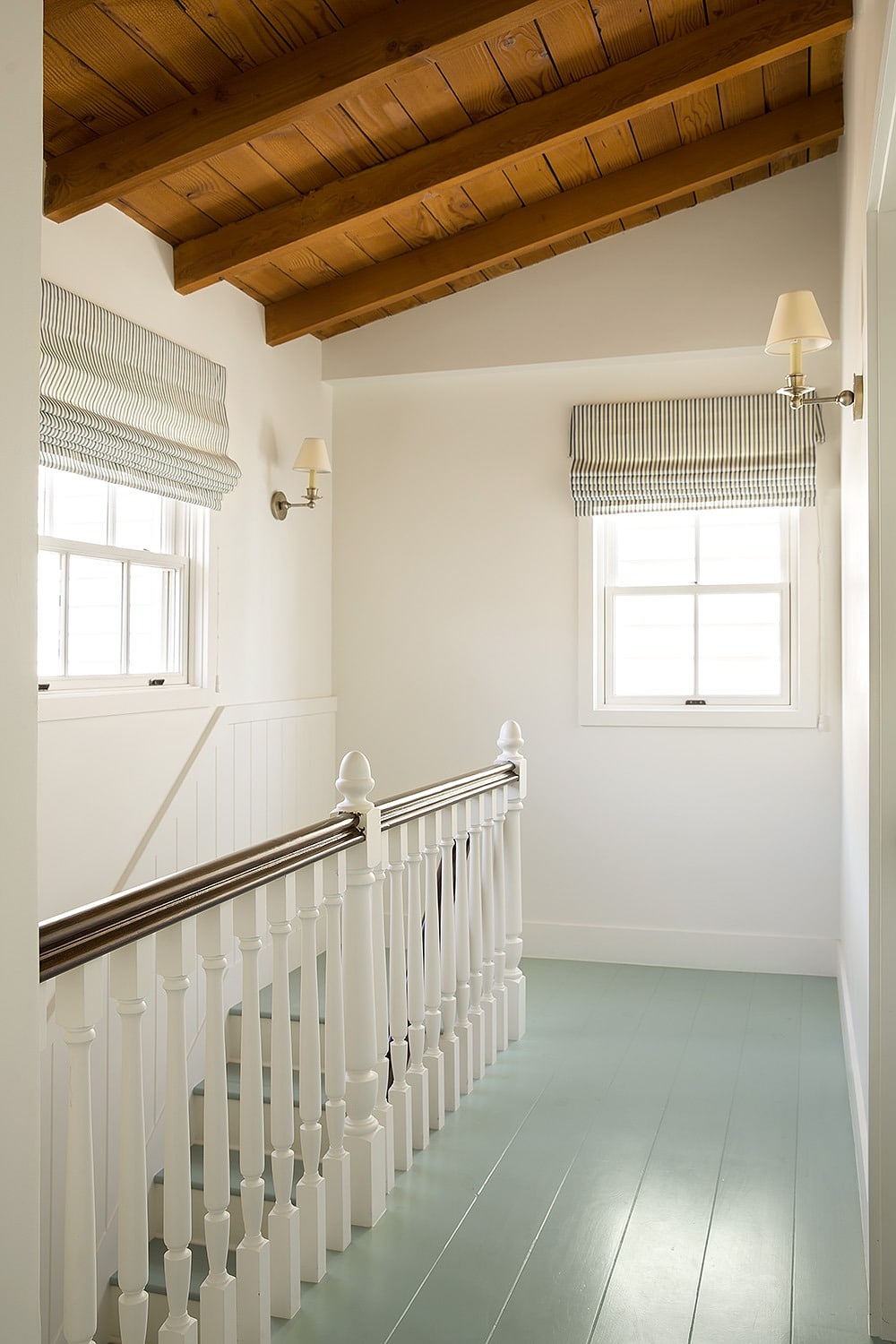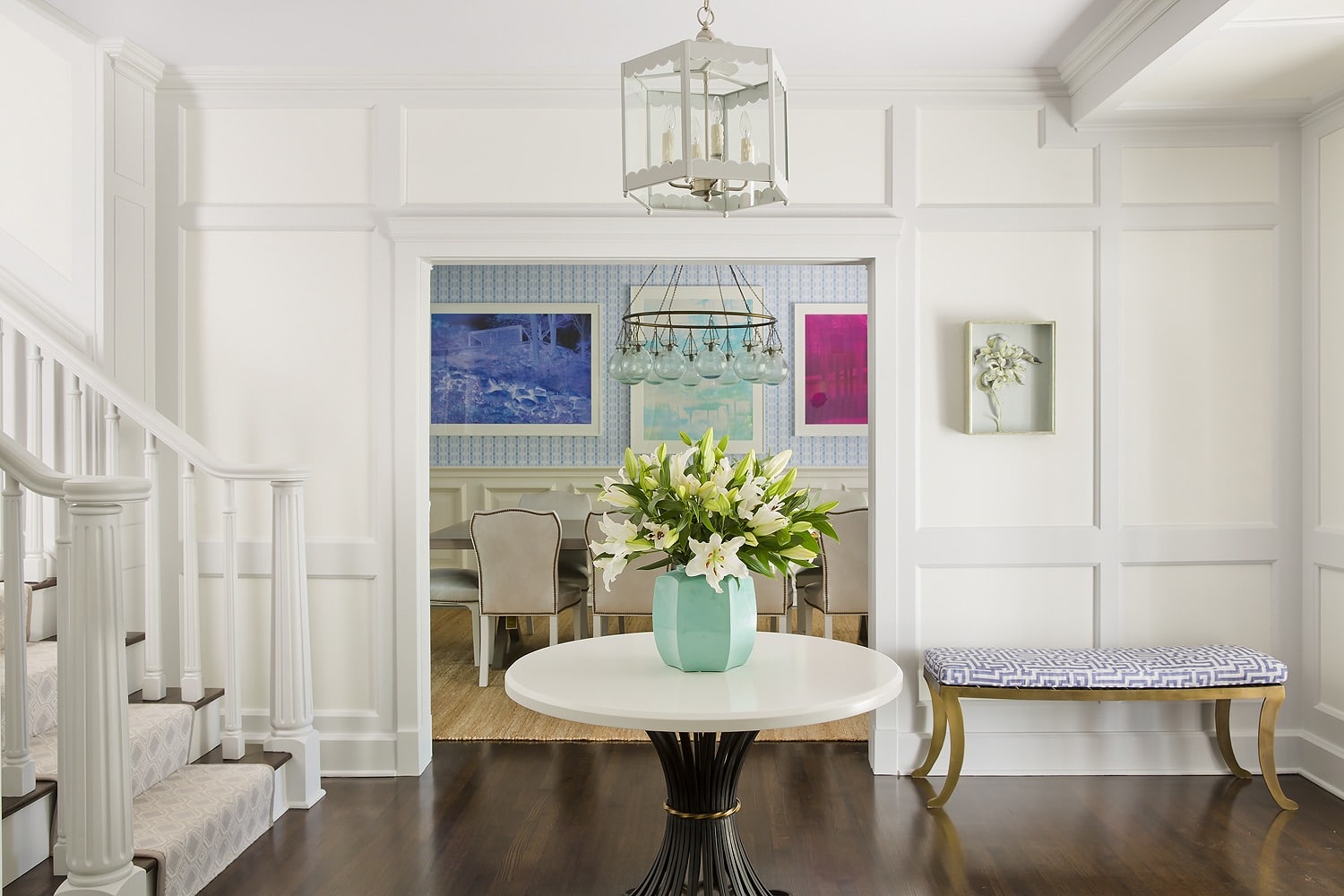Your Complete Guide to Wood Flooring in 2021
December 29, 2020
After walls, your floors cover the most surface space in your entire house and can have a big impact on both the look of the home, and also the functionality. So when you are setting out to redo your floors, it is important to be well informed on all the different options available and the pros and cons to each. Saying you want “wood floors” used to be much simpler and just meant the type of wood or the finish, but there are now various options to choose from which will have a big impact on your wallet and the aesthetic of your home.
Types of Wood Flooring
The first, and most traditional type of wood flooring is just “solid wood”. This can be made of domestic wood varieties like oak or walnut, or more exotic wood like bamboo or teak. “Engineered wood” is now a widely available in a huge range of price-points and is a very popular alternative to solid wood. It refers to a plank that consists of a composite or plywood underlayer and then a thin top “wear layer” made of a solid wood. Another option would be “reclaimed wood” floors which refer to wood sourced from antique buildings 100-200 years old. They have beautiful grains and tighter growth rings giving them a more unique character. Finally there are “alternative wood” options which contain no wood at all, but attempt the look of wood.
Choosing Wood Floors for your Space
Solid wood, though on the pricier end of the spectrum will last forever. Not only can be it be refinished easily, but many varieties like Oak in particular are very durable and will never go out of style. The only consideration is that in certain climates, wood can warp or gap throughout the changing seasons.
Engineered wood, while many believe is the less expensive option can actually be just as expensive if it is a quality product that has a thicker top wear layer. Keep in mind that engineered wood can also be refinished over time, but only if it is of that higher quality. So the real other benefits to engineered wood over solid wood is it can be less as expensive but still look and feel like real wood because of the solid top layer, and they can also wear better over time in drastic or wet climates because the under layer is more flexible.
Reclaimed wood will likely be the most expensive option because of the labor to retrieve the salvaged wood and rarity that comes along with buying an antique. Another important reason many people choose this option is that it is the most sustainable for the environment as no new trees have to be cut down.
There are some other “alternative wood” options available now that attempt at creating a faux wood look, but in fact contain no true wood. This would be something like laminate where they print a wood image on top of the laminate. Or very popular in bathrooms, is a porcelain tile which is cut in plank shapes and finished to look like wood with a grain texture. These alternatives will be your least expensive options and also common in high traffic areas or bathroom because they are considered waterproof.
Wood Floor Finishes & Plank Options
Once you have selected the type of wood floor, there are some other more stylistic considerations. The finish of your wood floor will drastically impact the look. For example, ebonized very dark walnut floors can be beautiful in a Spanish style home contrasting with white plaster walls. A light bleached oak will have a more modern look or fit right in to a farmhouse or ranch style home. Painted wood floors can also be a fun option to add a splash of color or create a pattern if you want to be bold! Plank is another consideration to make the style your own and fit well with the rest of your home. Wide planks have a more modern effect and work best in large open layout homes – thought it is important to note that they are also more expensive. Skinnier planks tend to have a more classic look and thus will never go out of style making them a safe investment.




